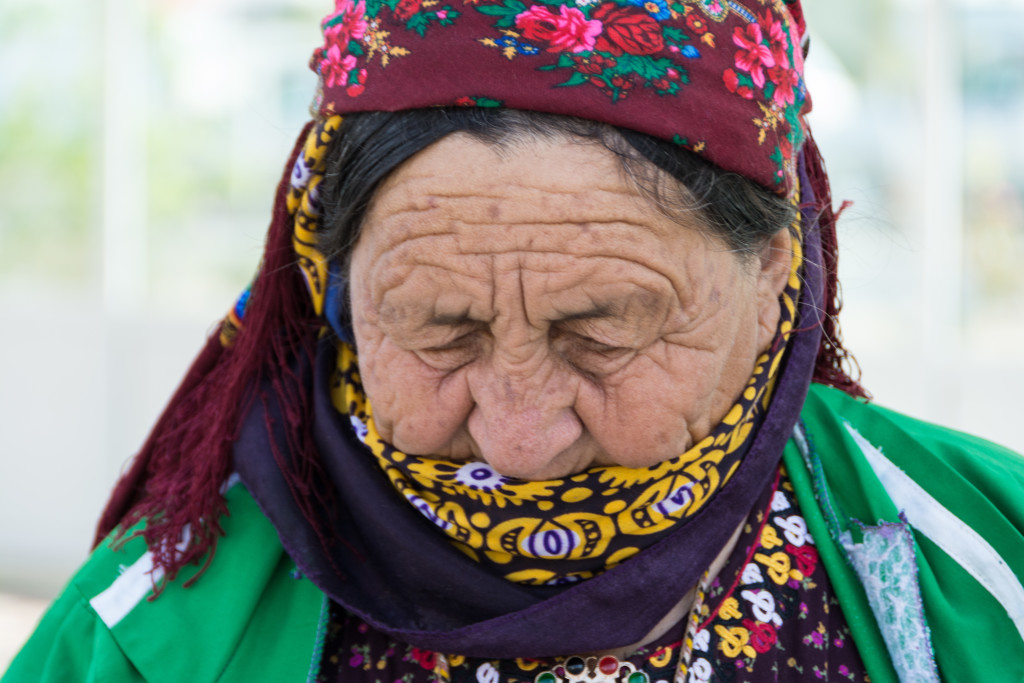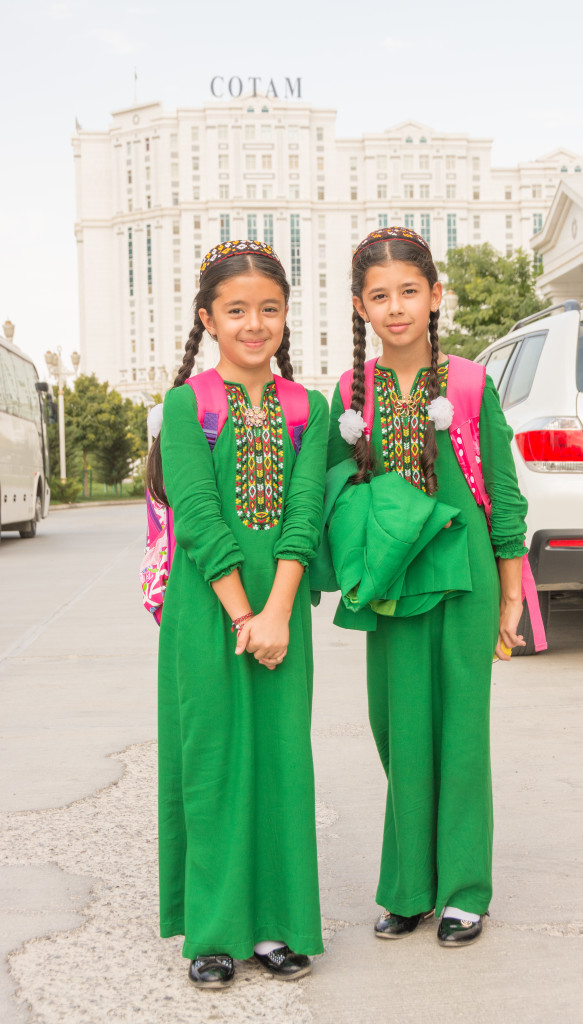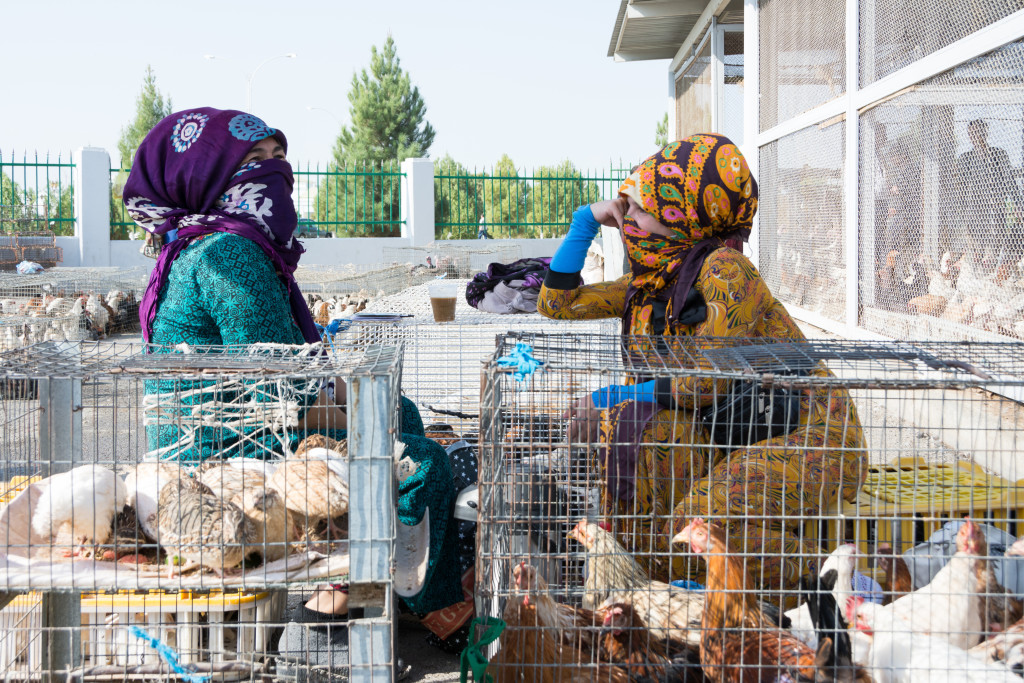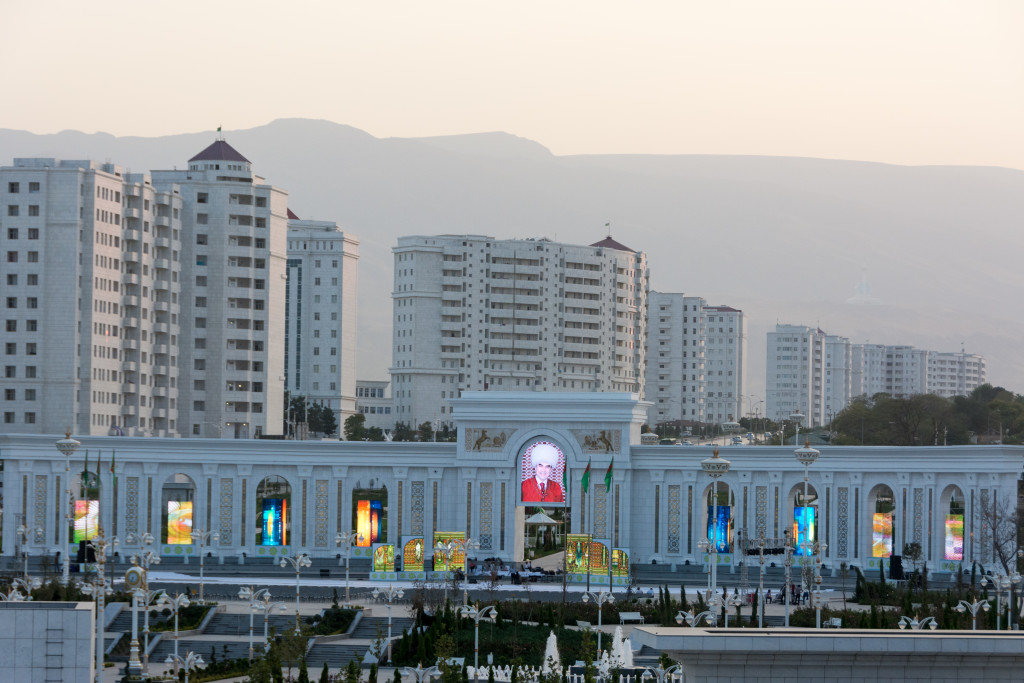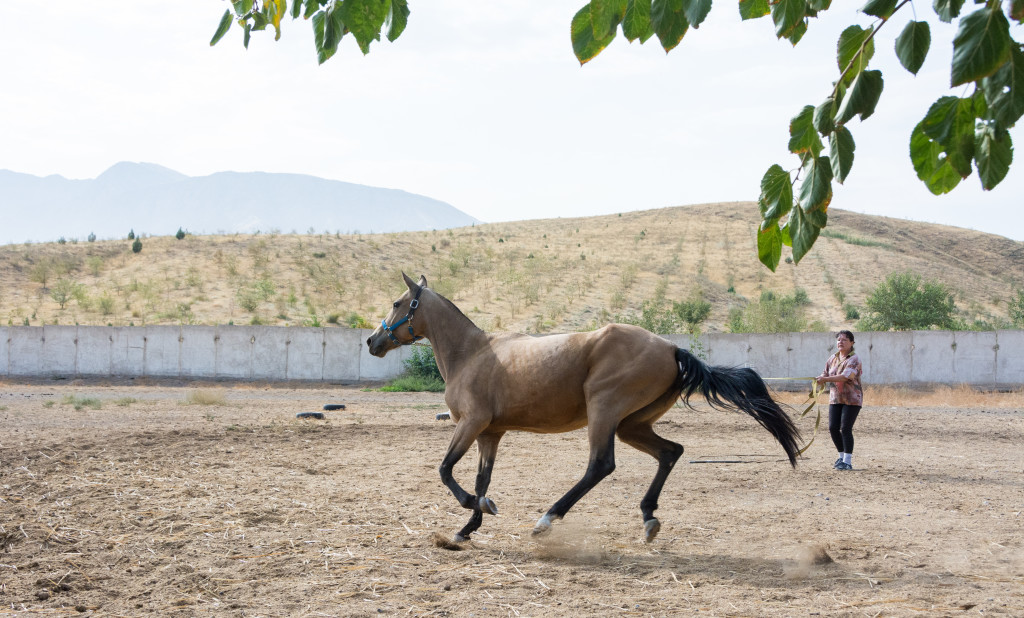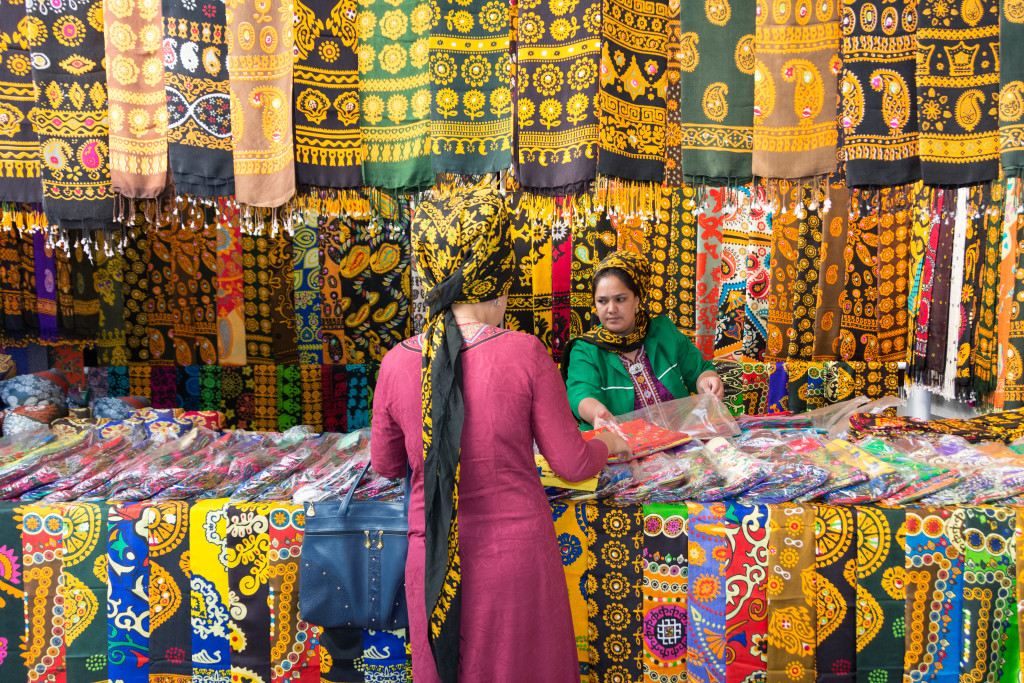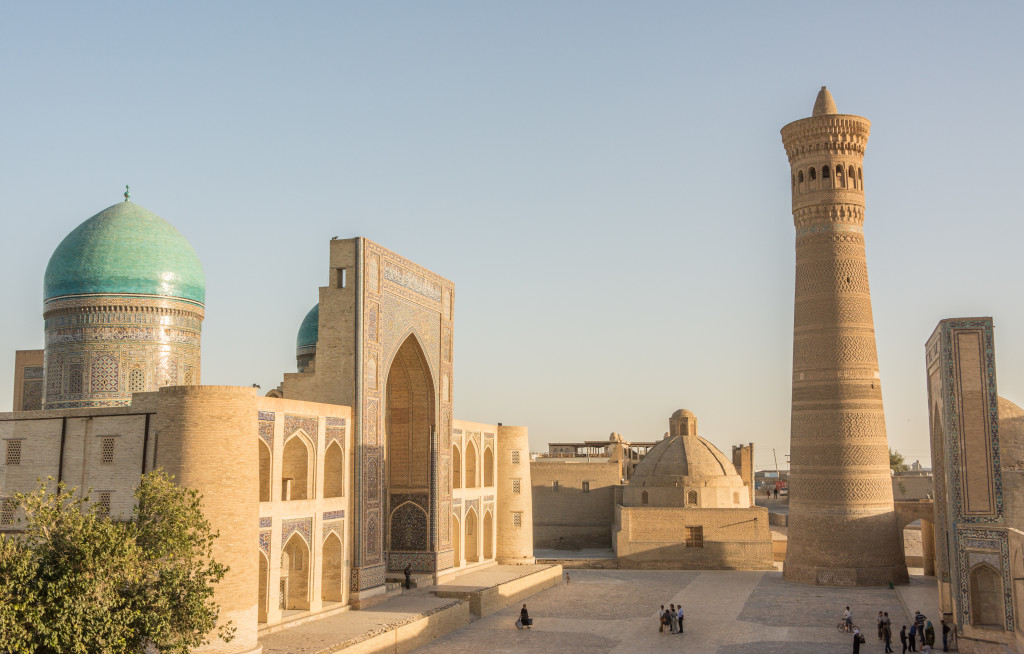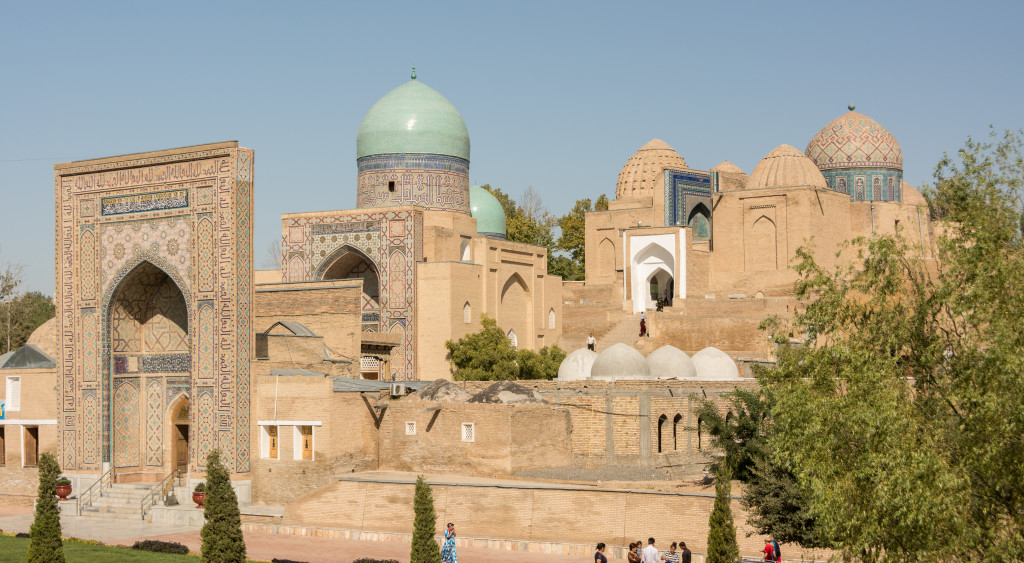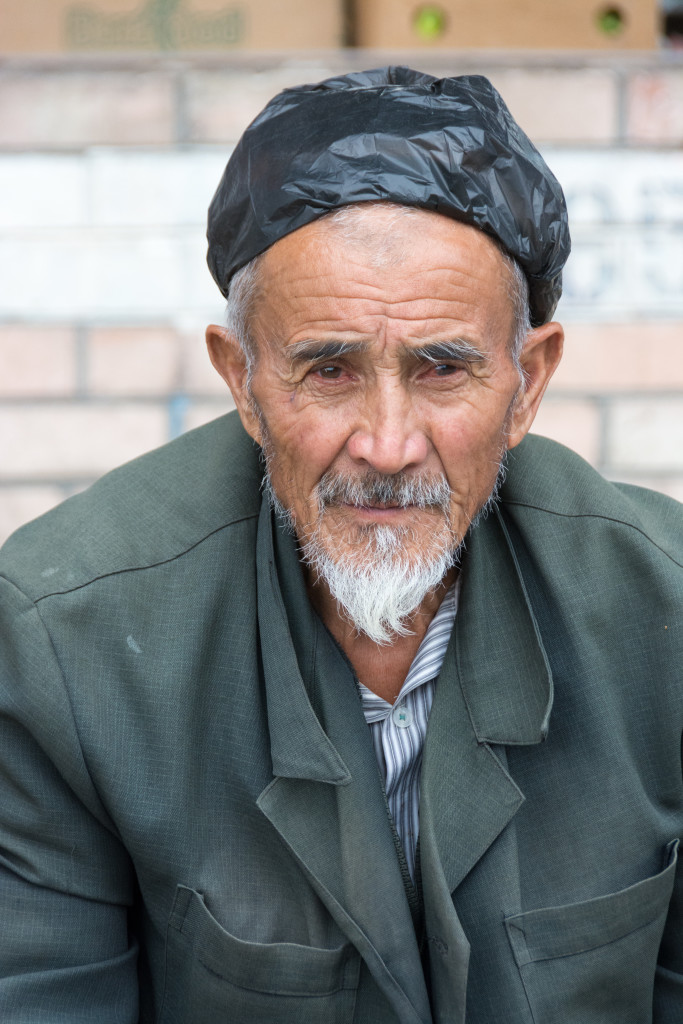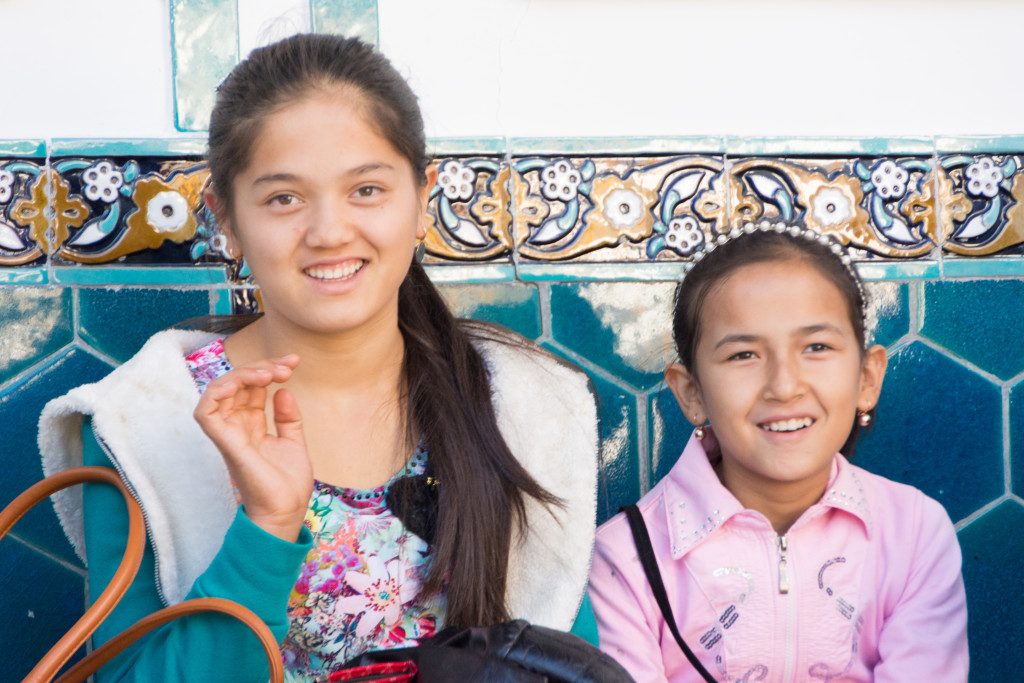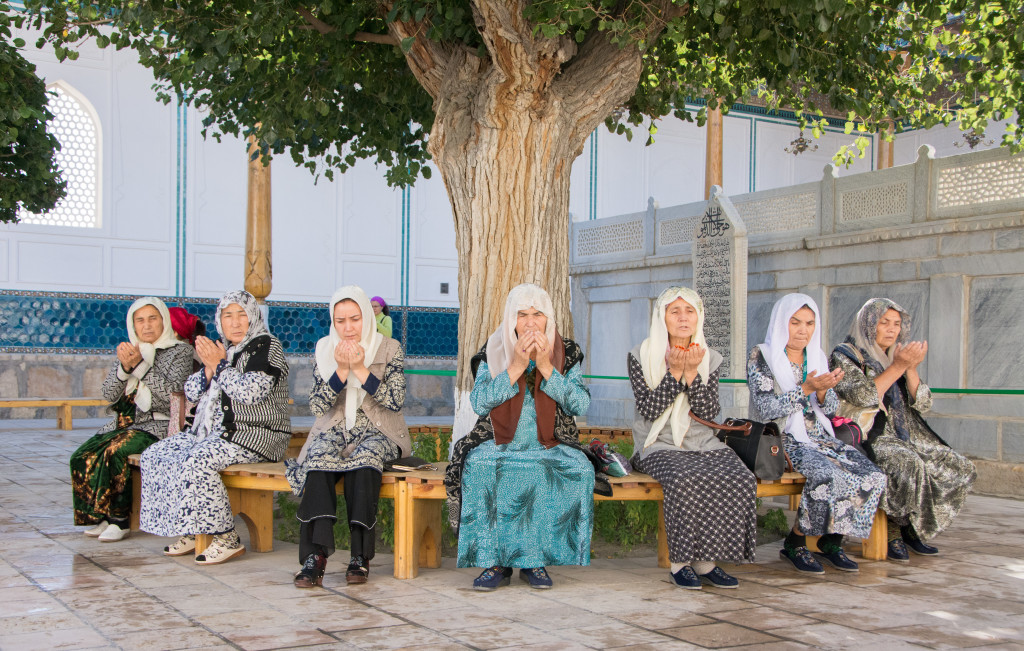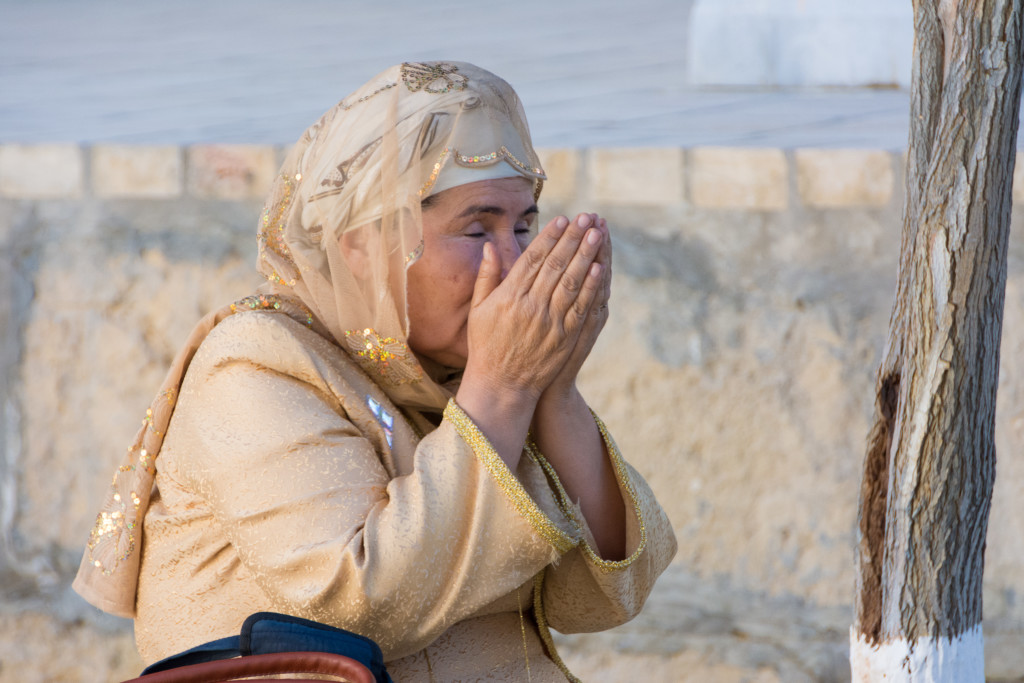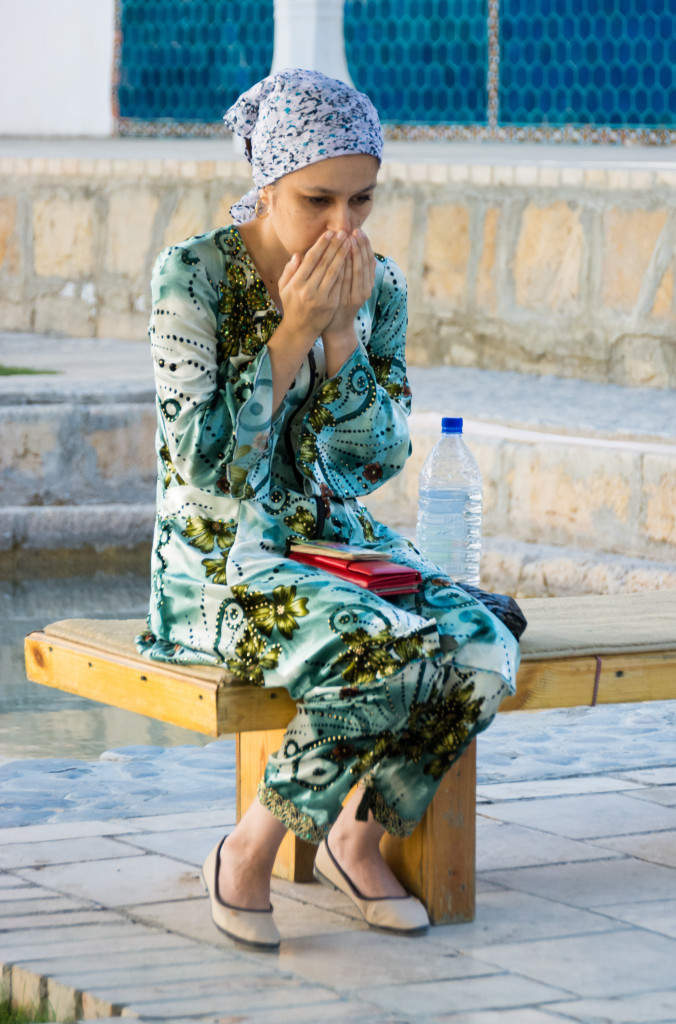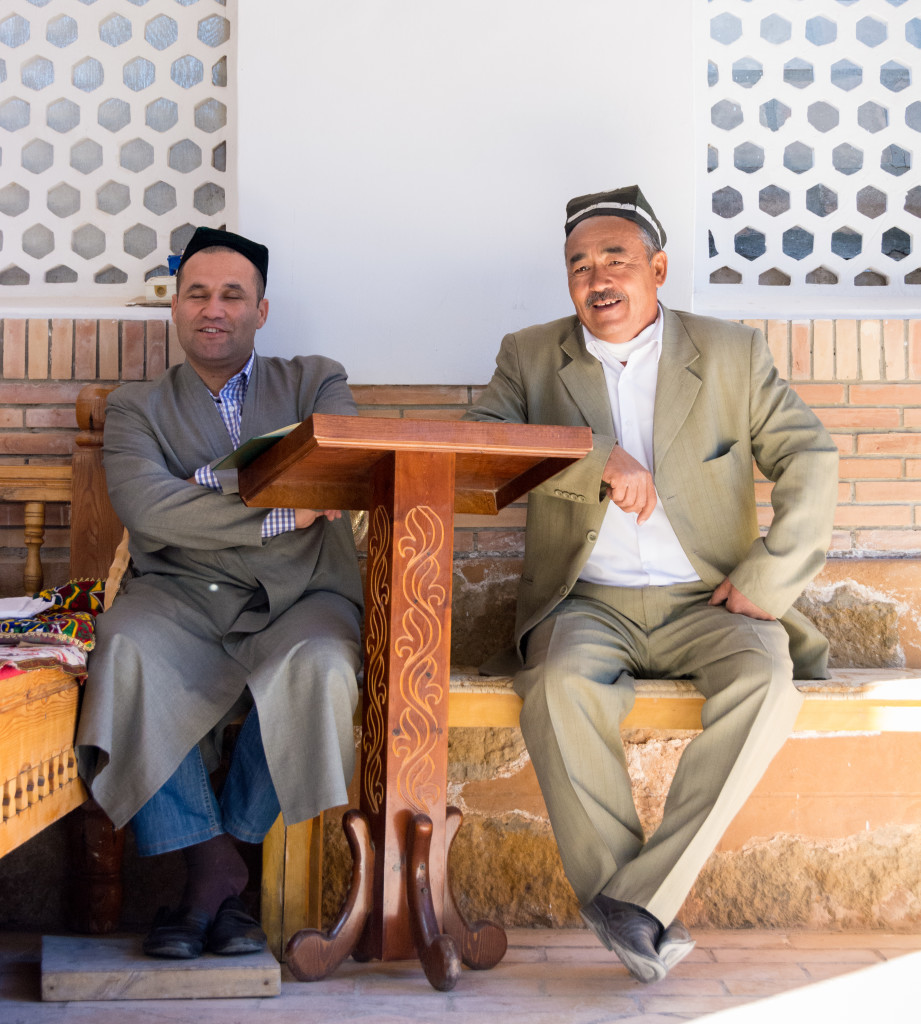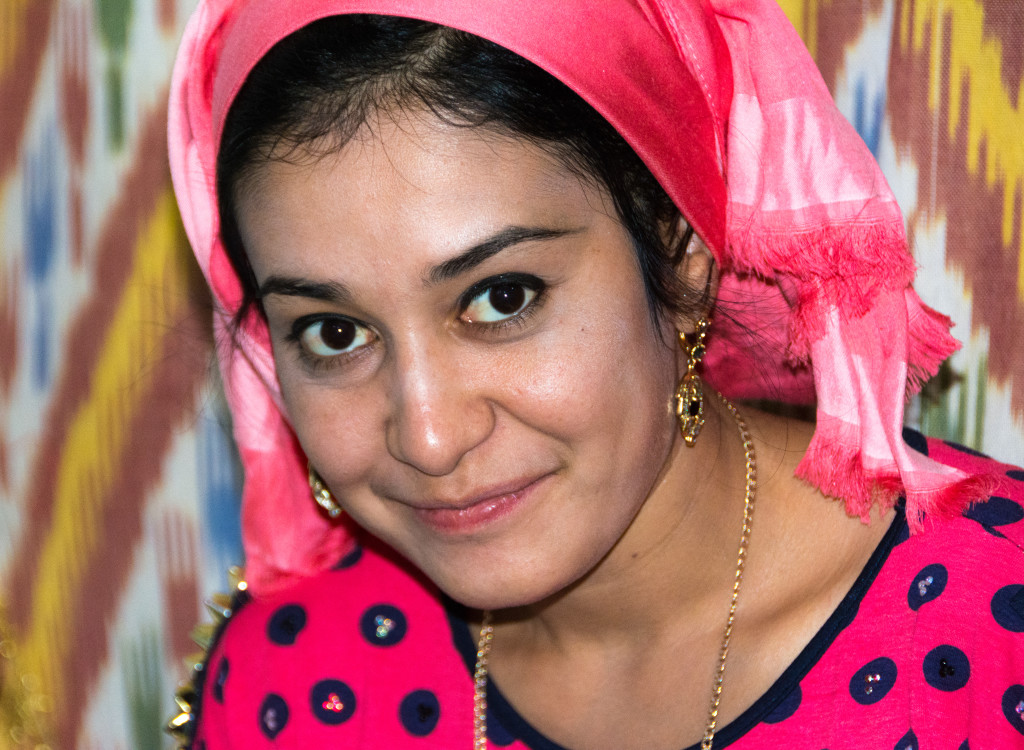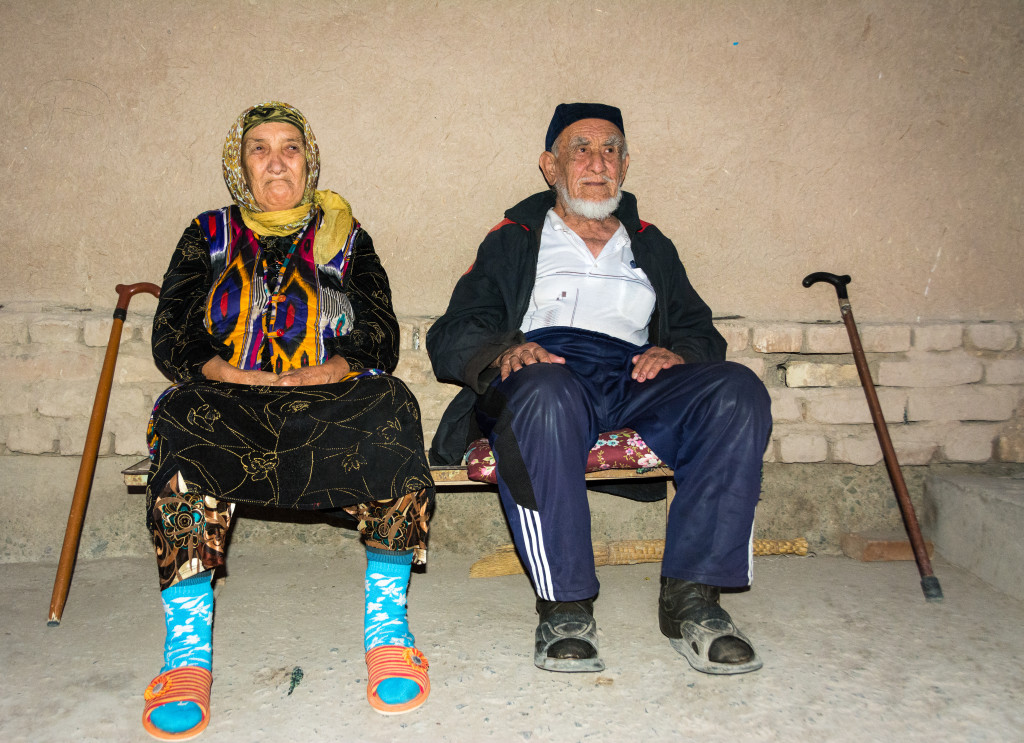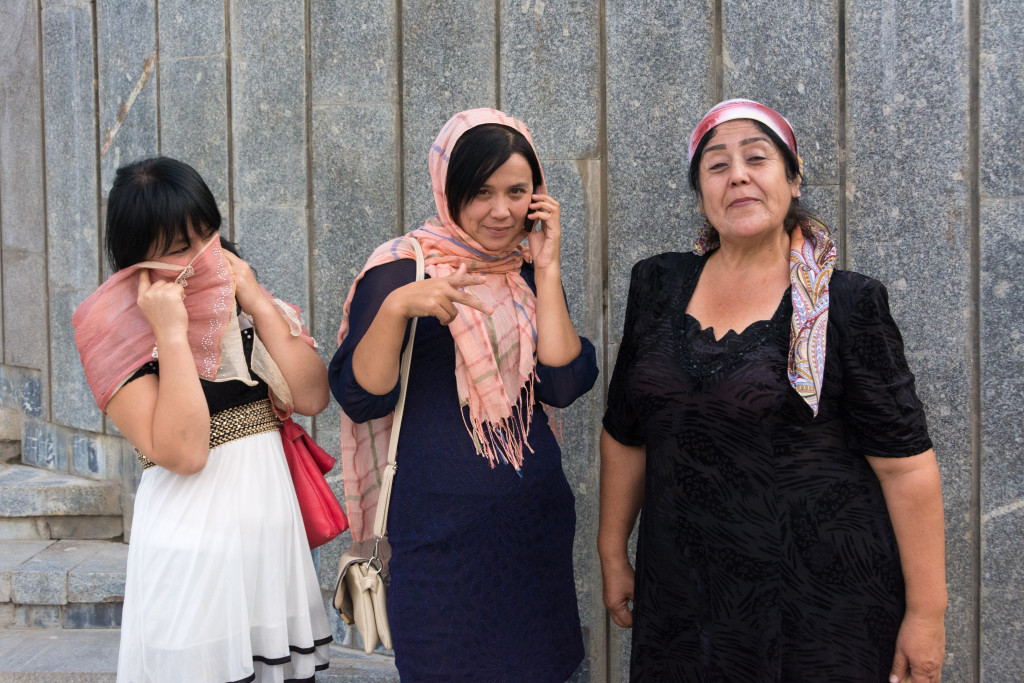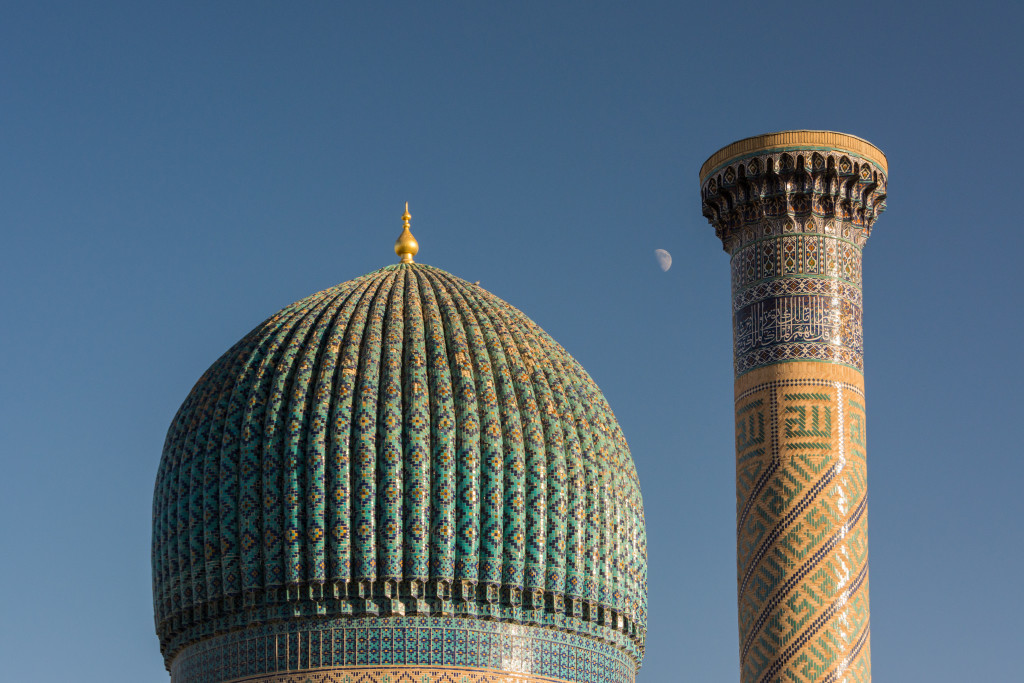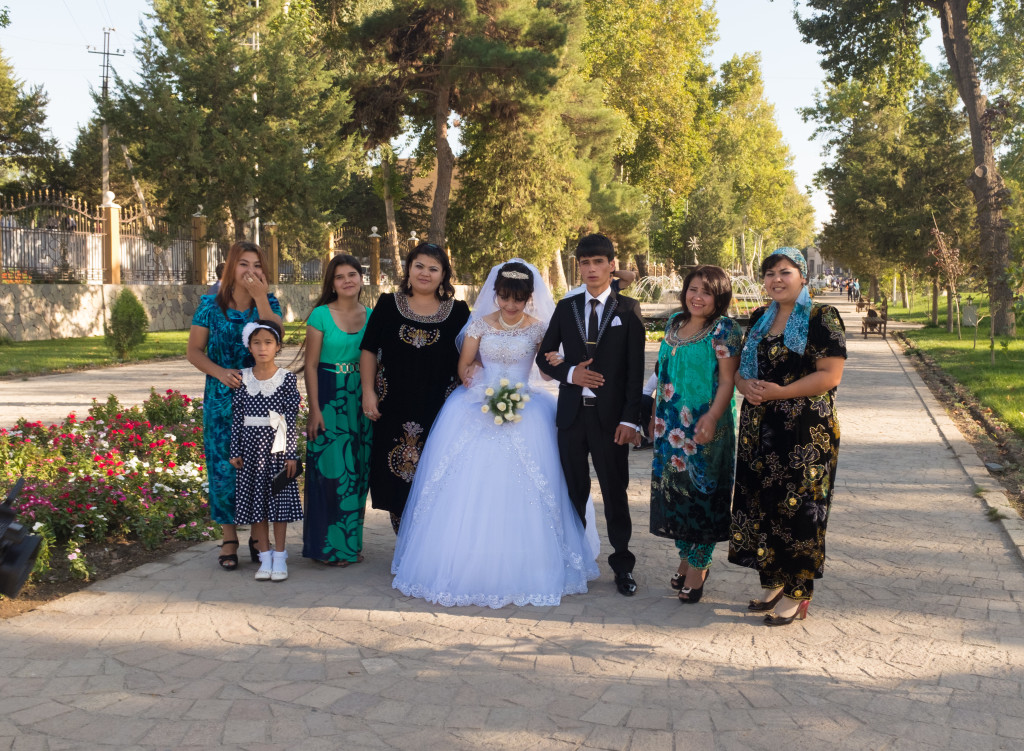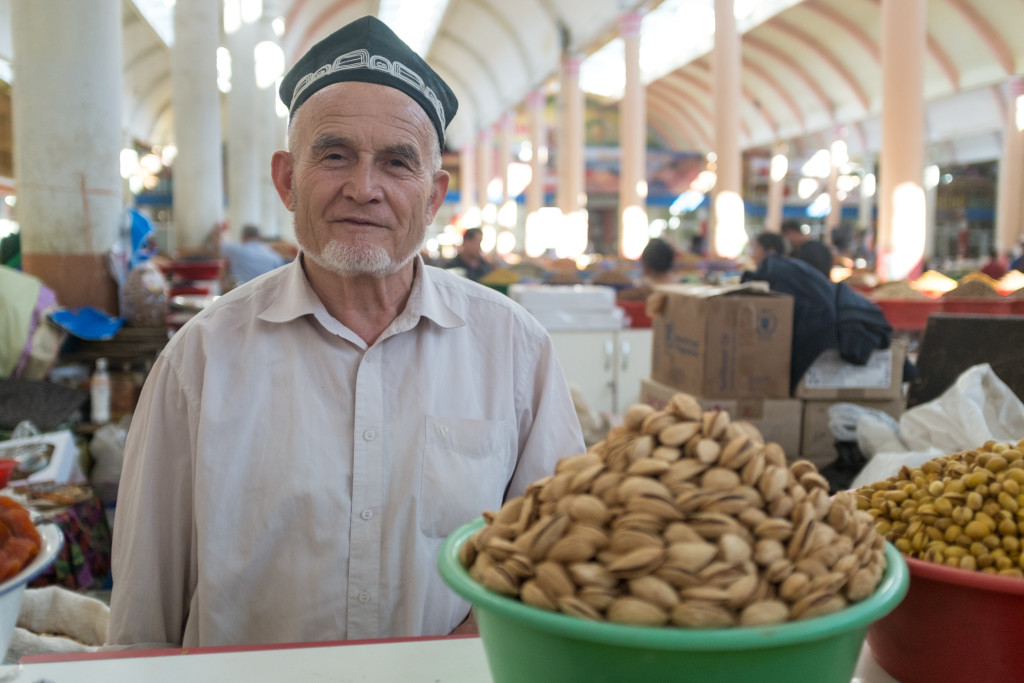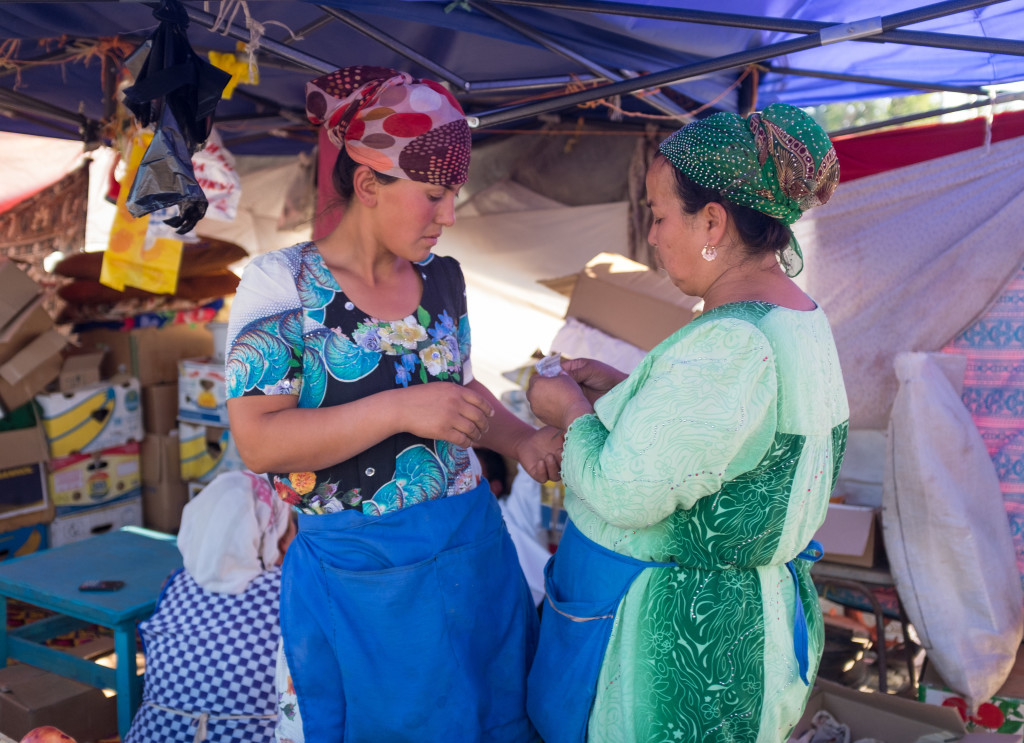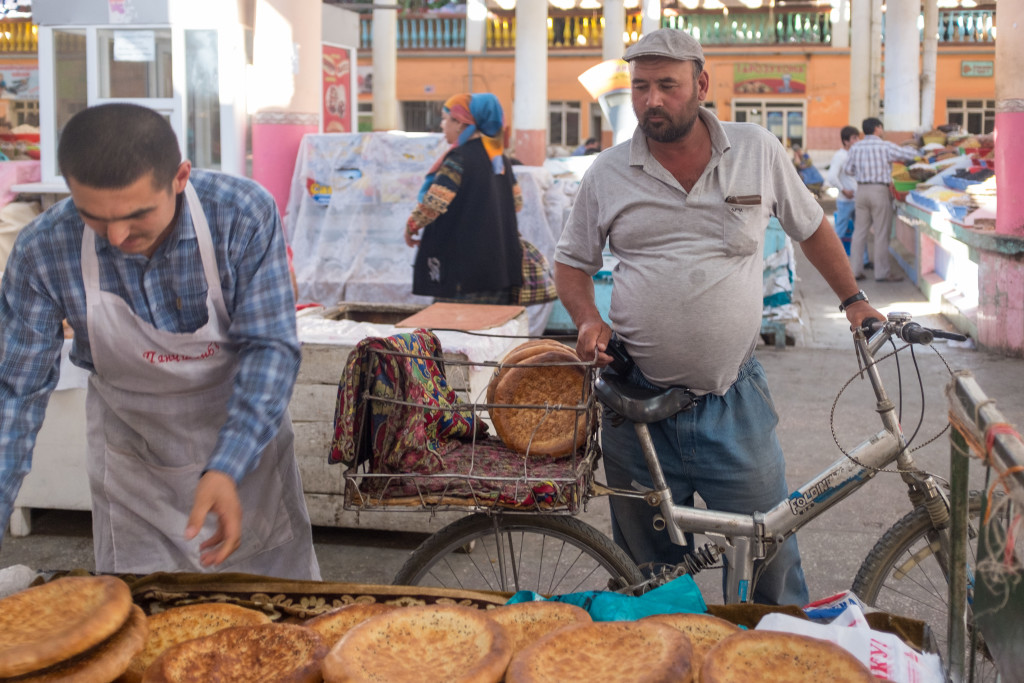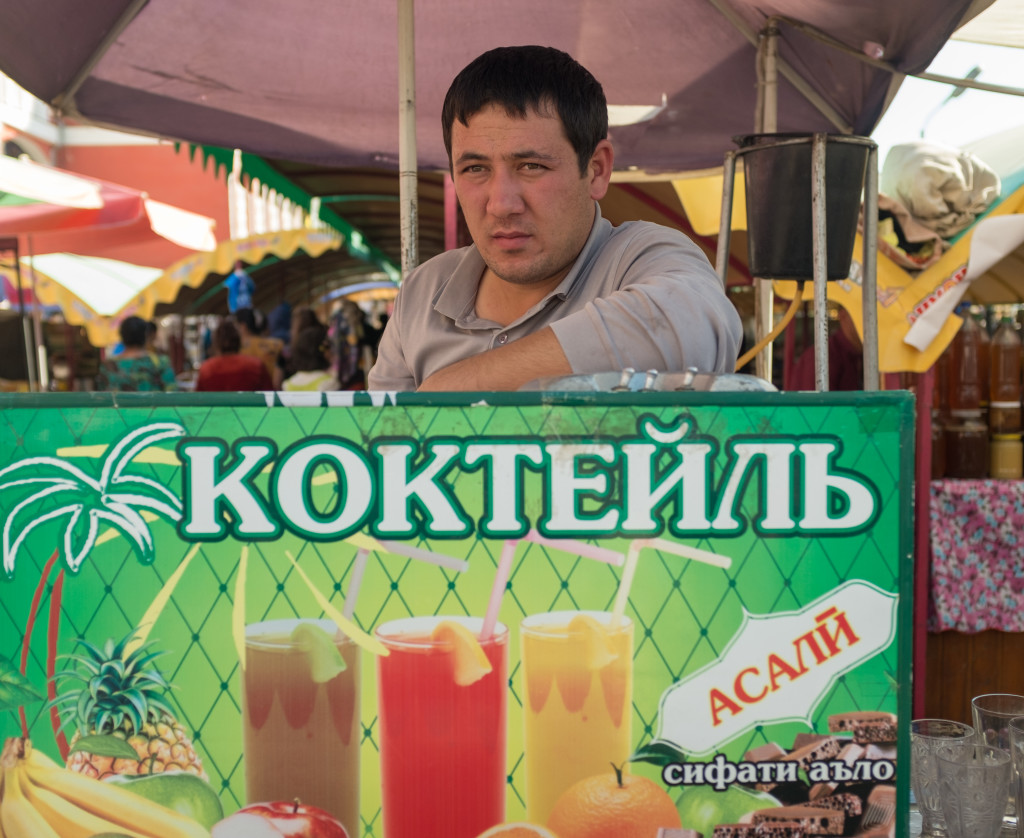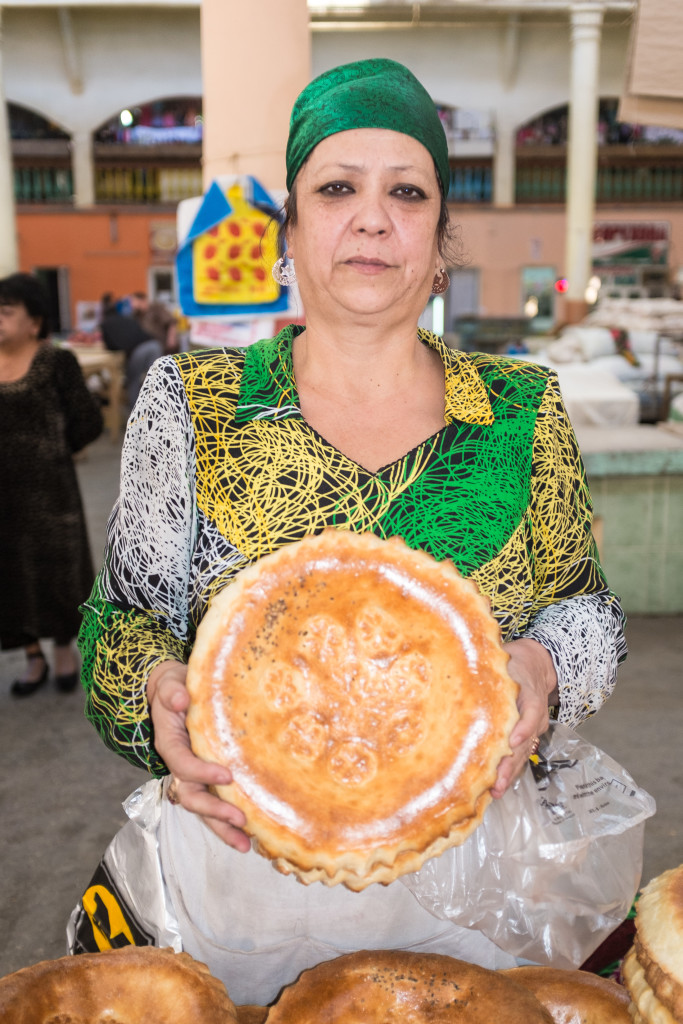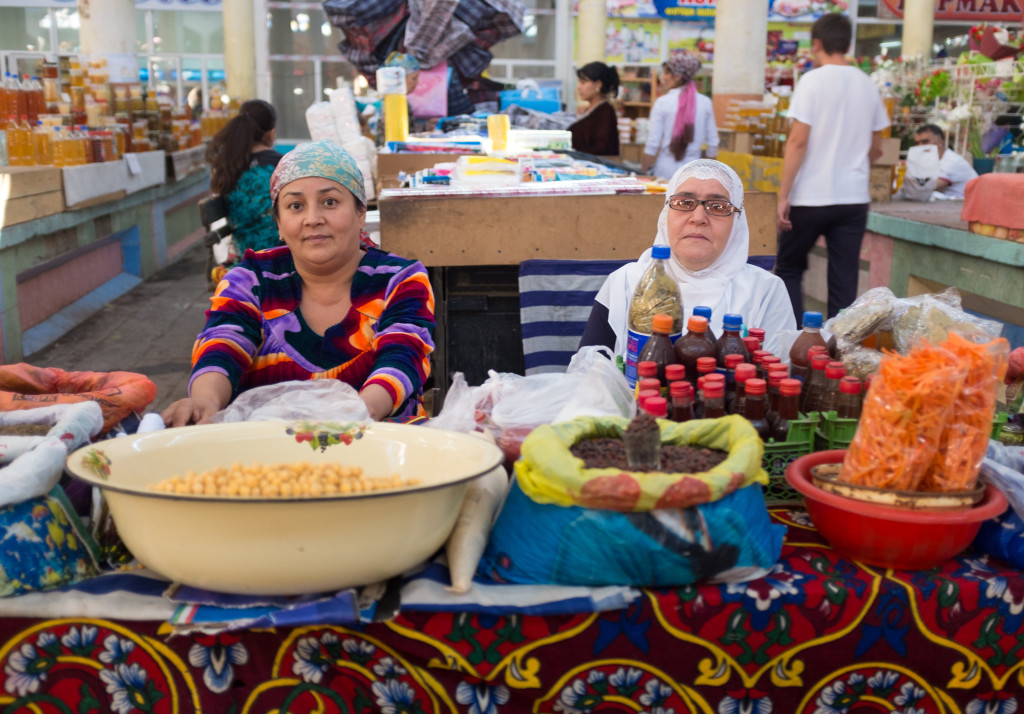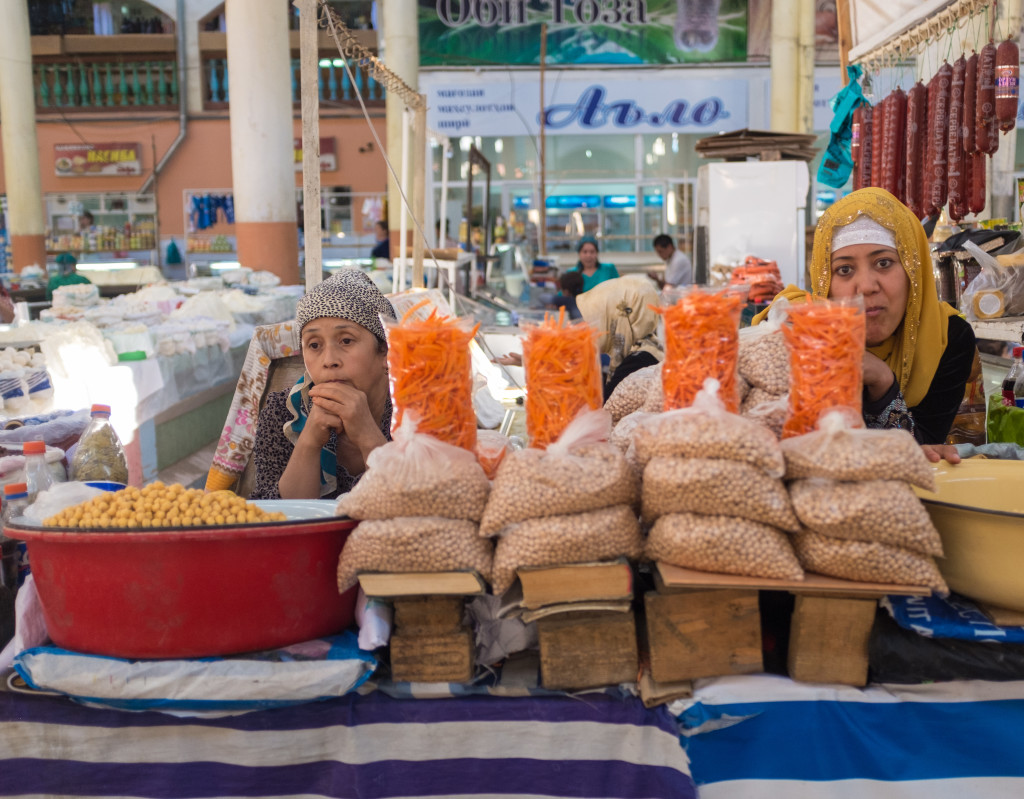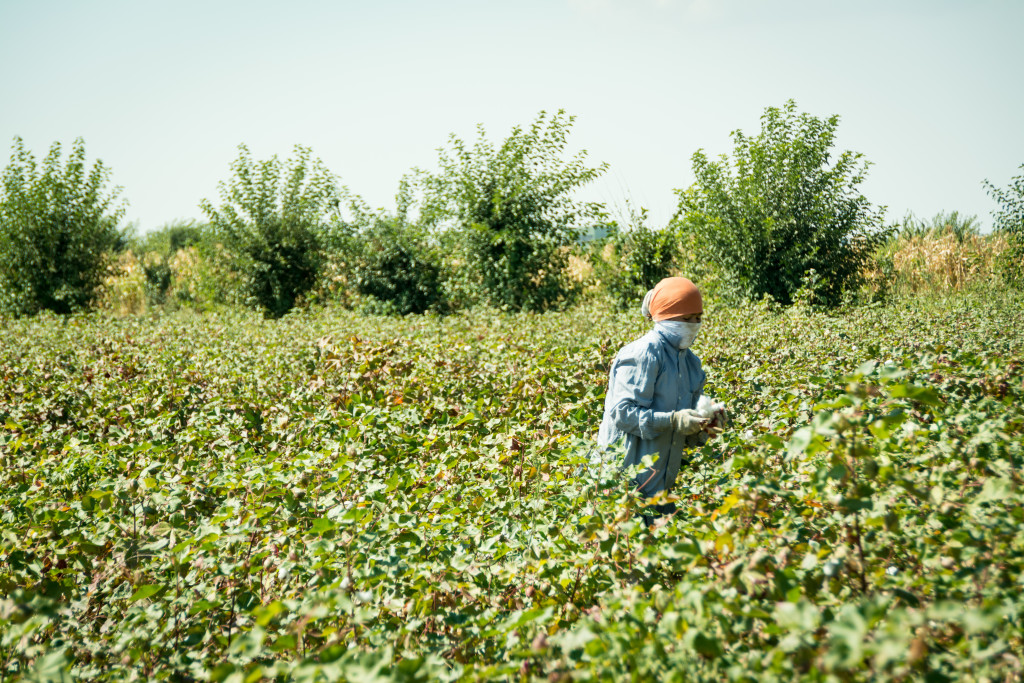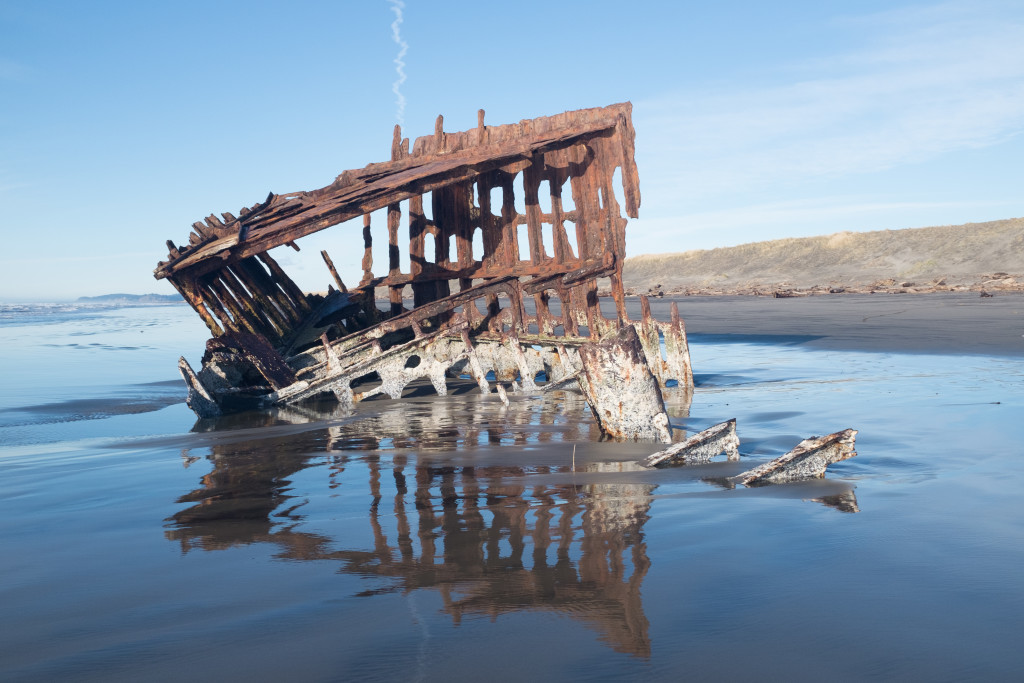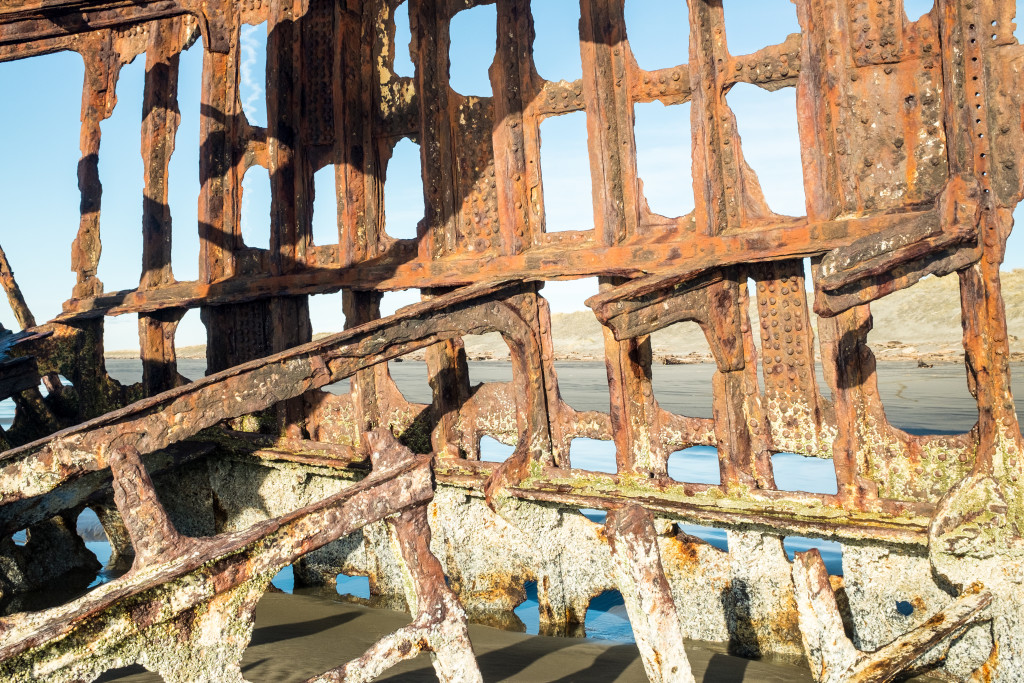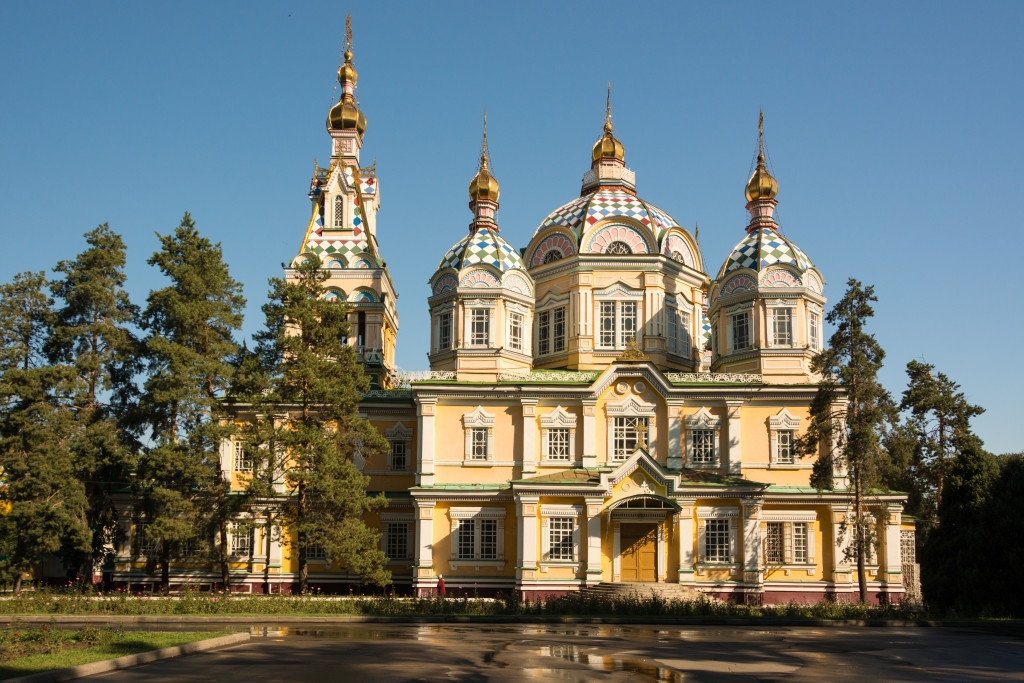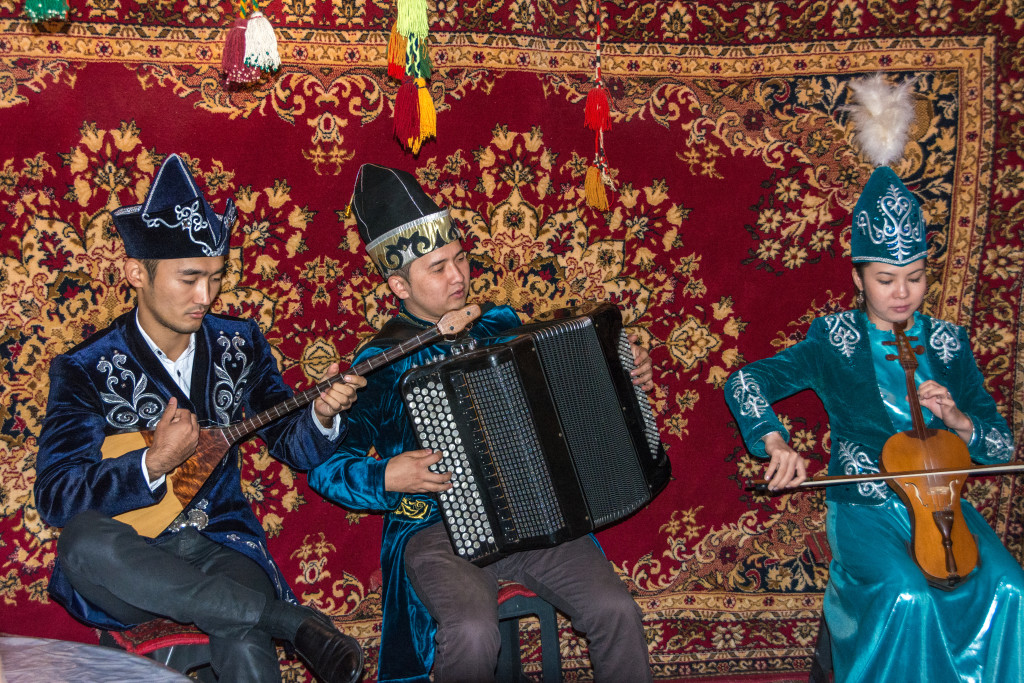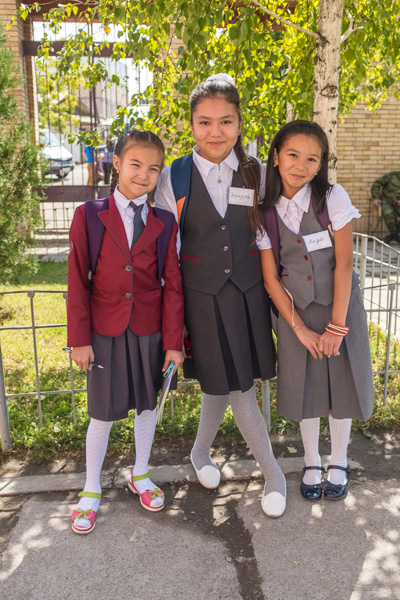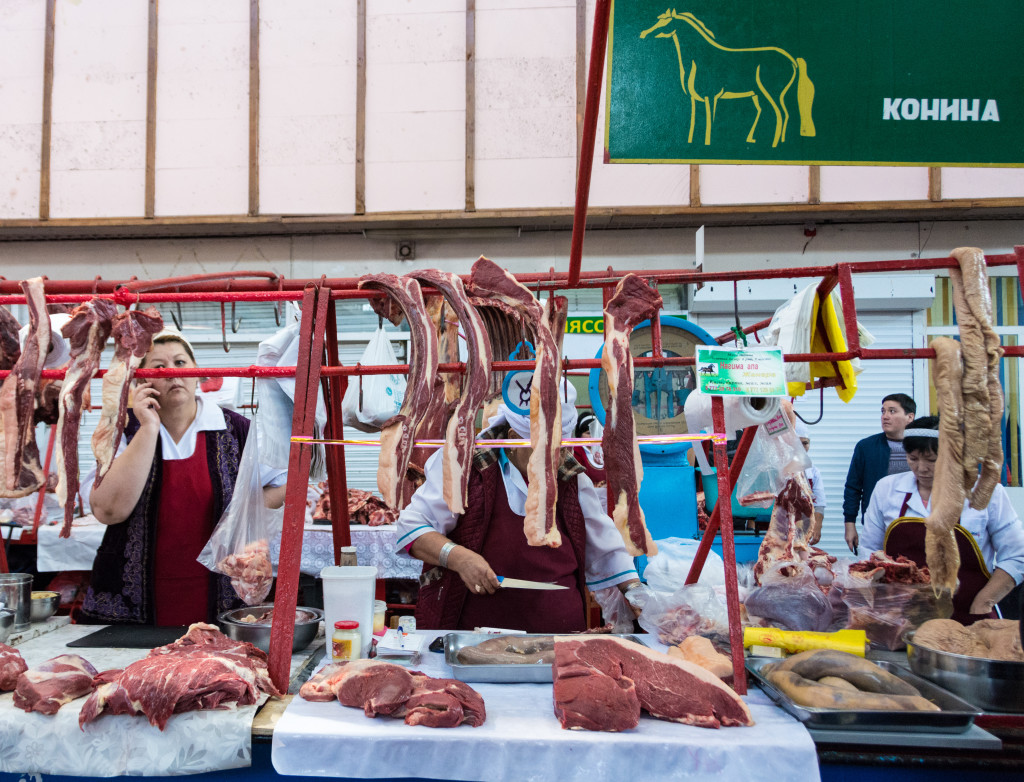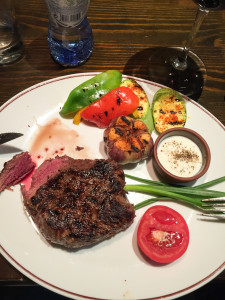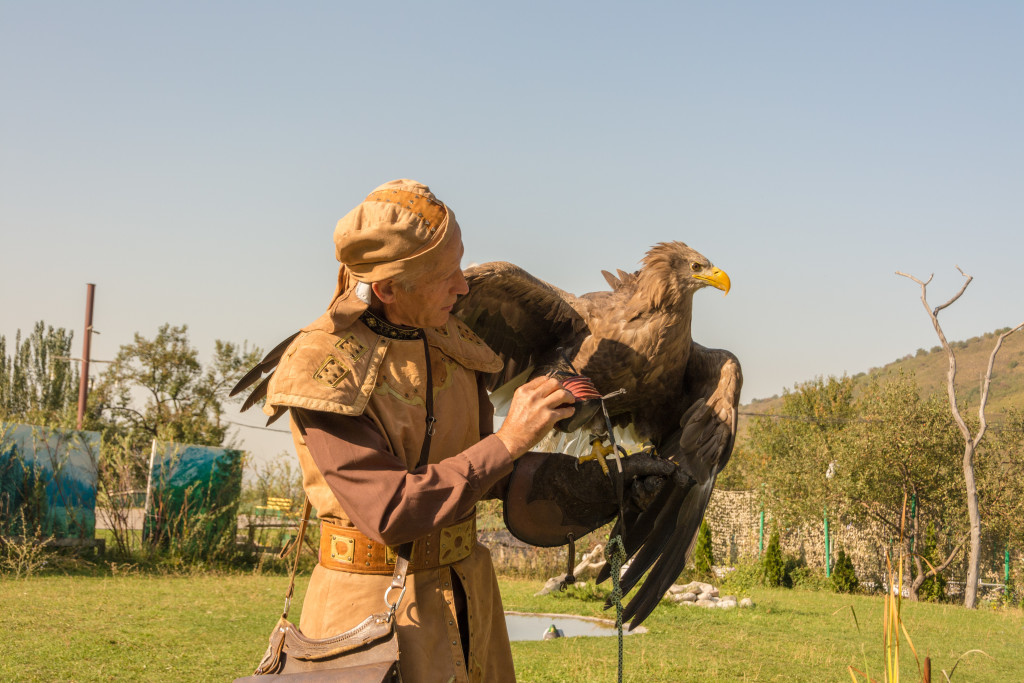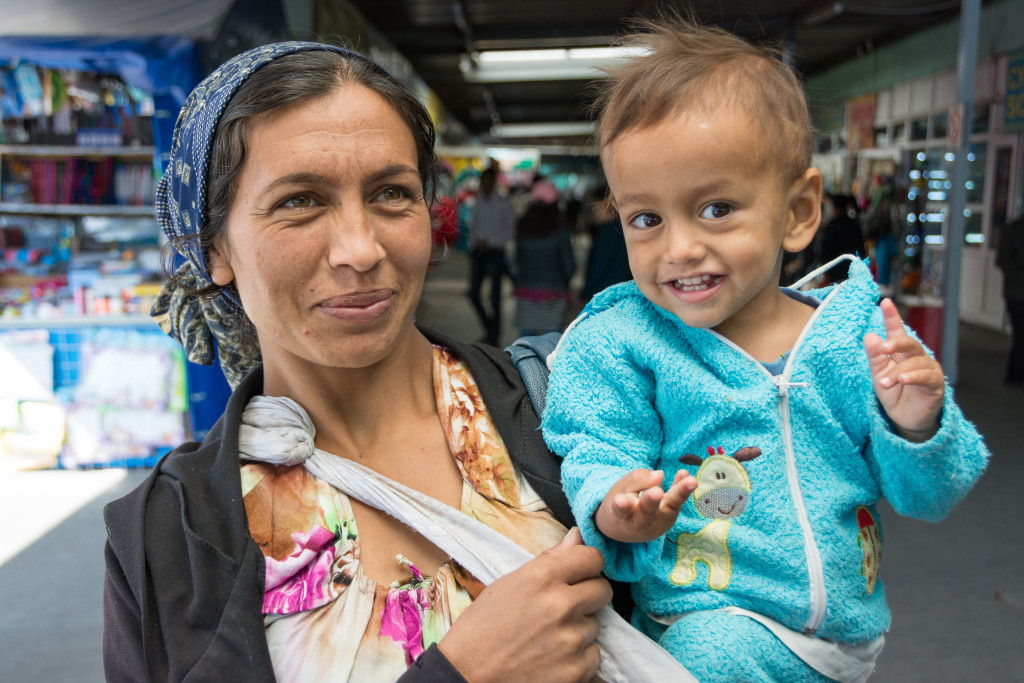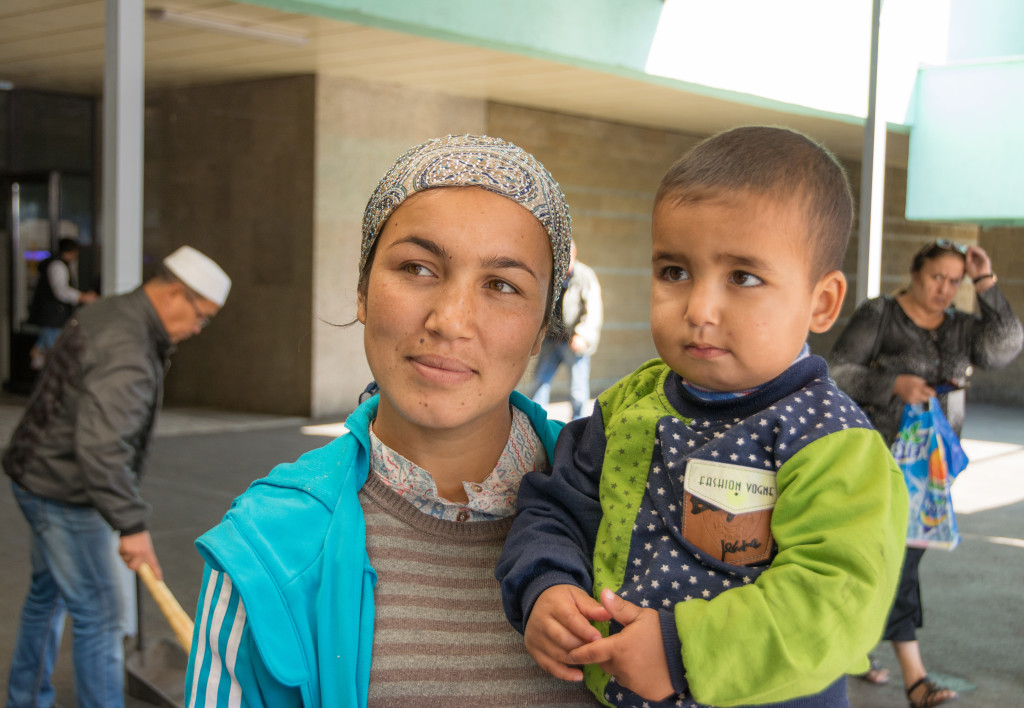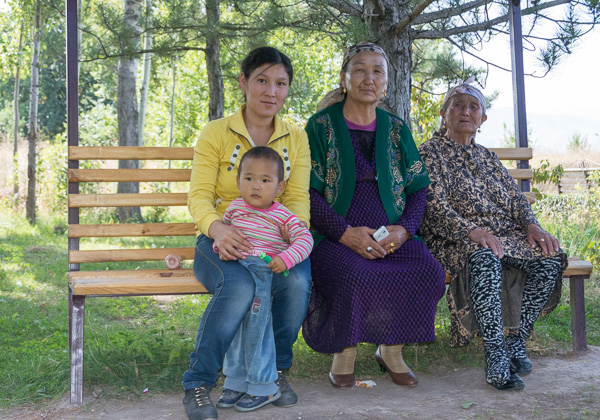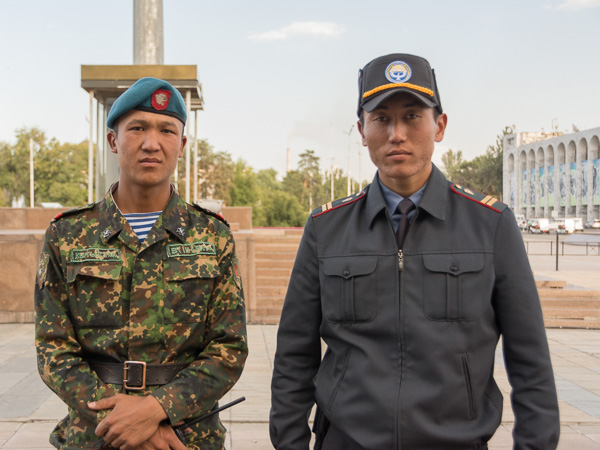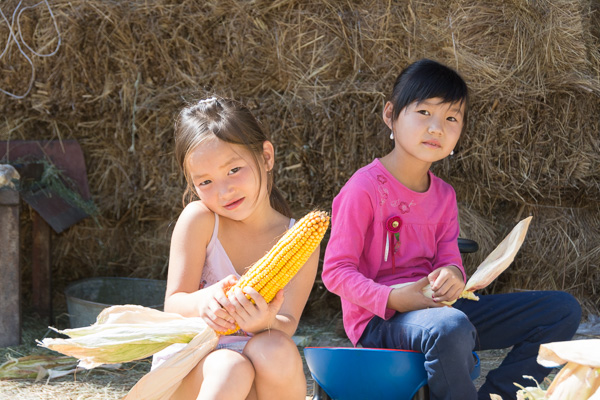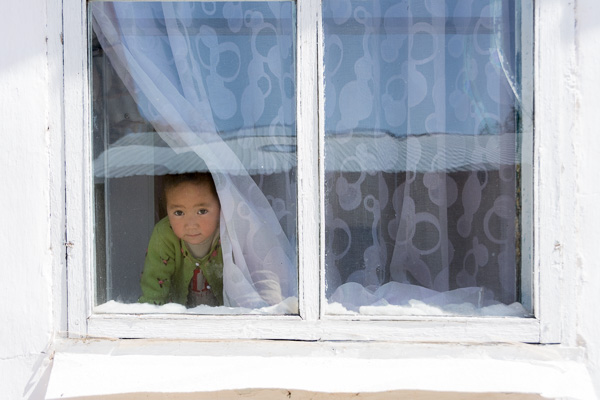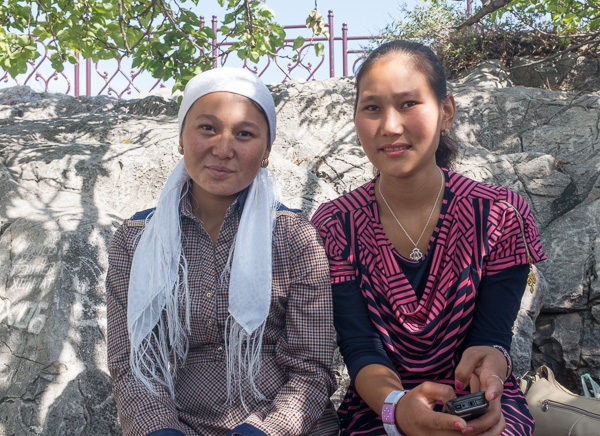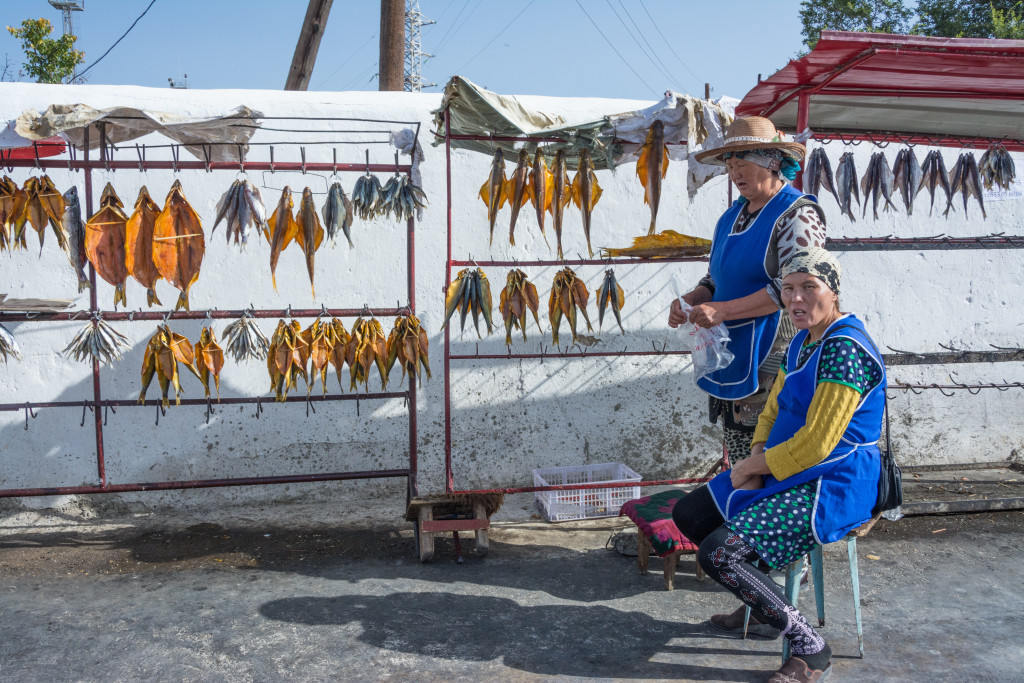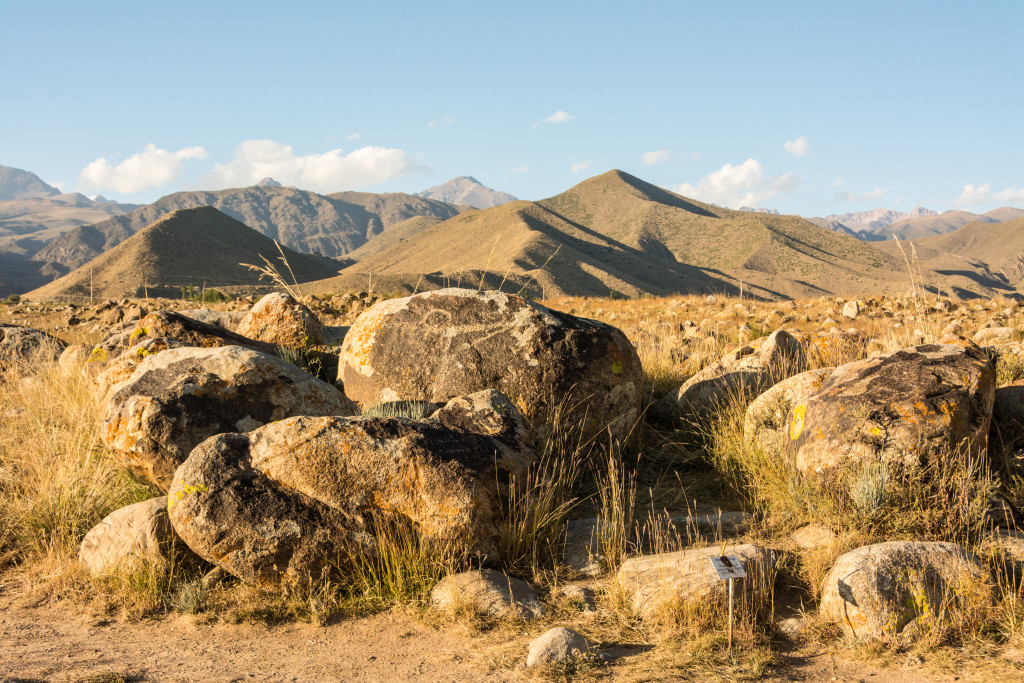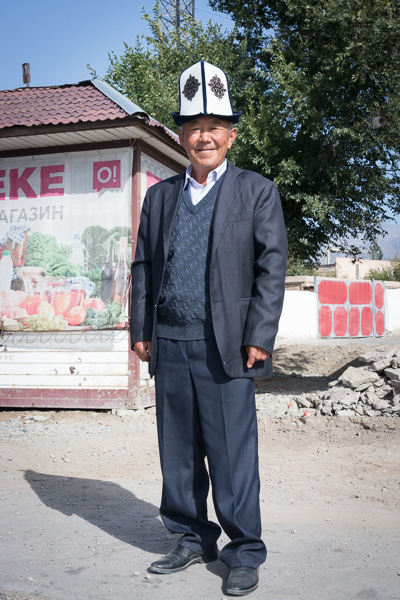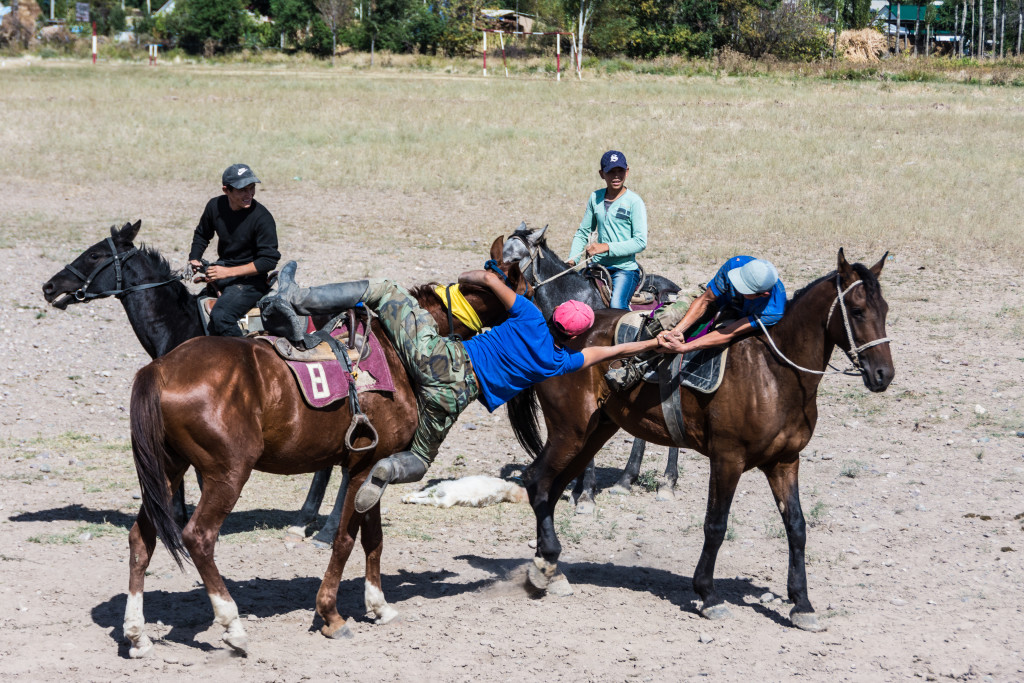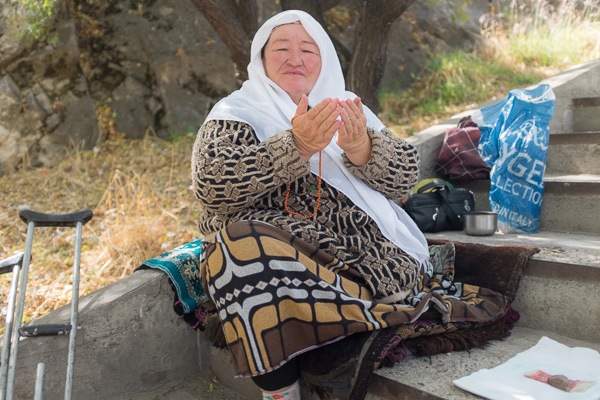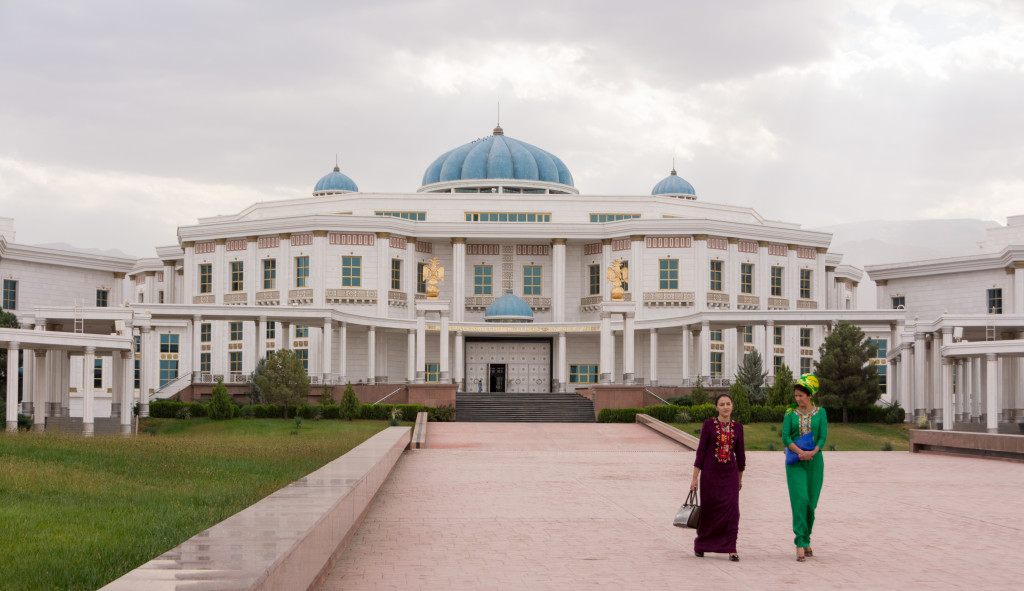
The facts about Turkmenistan (written by Doug Parks)*
1. If you are looking for a totally different experience as a traveler, strange and bizarre Turkmenistan is the place for you. This country has been the crossroads of civilization for centuries. Located in West-Central Asia, East of the Caspian Sea, Turkmenistan was once a part of the great Persian empire along with Tajikistan and Azerbaijan. The region was ruled by Arabs in the 8th century, Turks in the 11th, Mongols in the 13th and 14th, and Uzbeks in the late 15th. The Russians moved in to dominate the geographic area known as Turkmenistan in the late nineteenth century and in 1925 it was made part of the USSR. In 1991 the Turkmen declared independence from the Soviet Union.
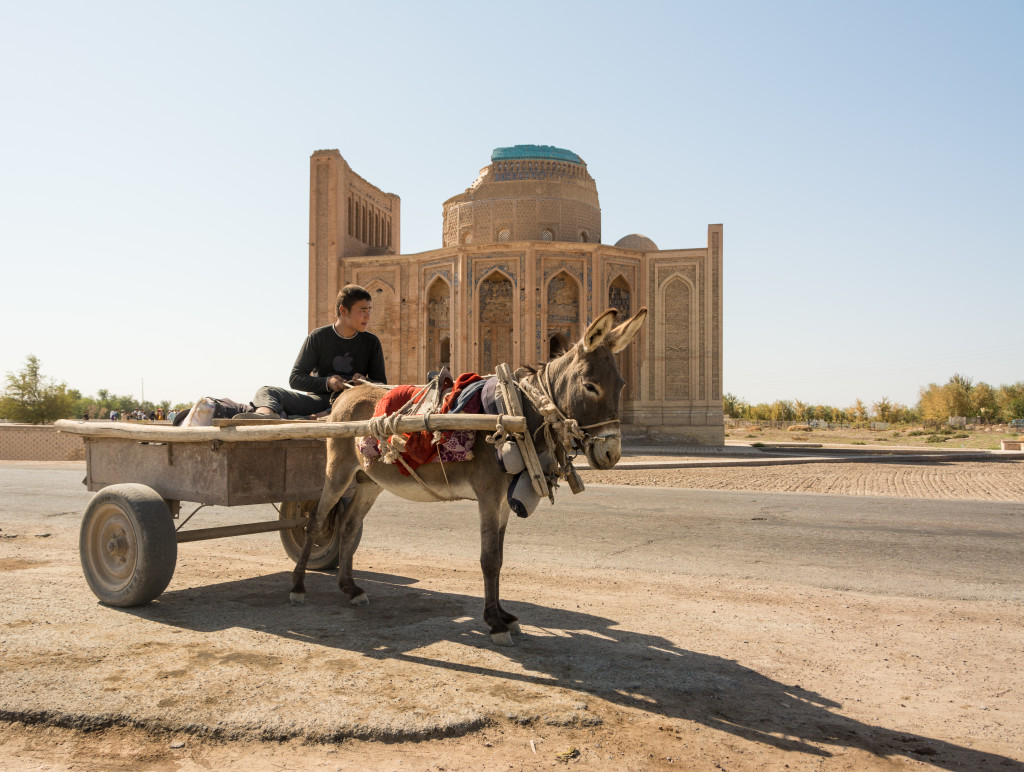
2. This is the ultimate land of the political personality cult. In 1991, the first President Saparmurat Niyazov, declared himself “President for Life”. His principle ruling agenda involved erecting giant statues of himself, often covered in gold. When his Russian wife fled with his children back to Russia shortly after independence, he continued to recreate himself throughout the country until he became severely mentally unstable and died in 2006.
The current president, Gurbanguly Berdimuhamedow, (a doctor), won the election in 2007 and was re-elected in 2012 with 97% of the vote. (Wink, wink.)
3. According to Human Rights Watch, “Turkmenistan remains one of the world’s most repressive countries. The country is virtually closed to independent scrutiny and media, and religious freedoms are subject to draconian restrictions, and human rights defenders and other activists face the constant threat of government reprisal.”
Much like Niyazov before him, President Berdymukhamedow promotes a personality cult in which he, his relatives, and associates enjoy unlimited power and total control over all aspects of public life. There are now lots of large pictures of him around the capital, but statue making has pretty much come to a halt.
4. Turkmenistan is slightly larger than California and slightly smaller than Spain. There are six million people in this unusual country with one million in the capital, Ashgabat, which is only 12 miles from the Iranian border.
5. Among the population, the dominant religion is Muslim (93%), almost all of them identifying as “Sunni” Muslim. Many, if not most, consider themselves “secular” Muslims for whom the consumption of pork, beer, vodka, and especially their own home-brewed cognac is not an issue. Approximately 6% of the population belong to the Eastern Orthodox Church. Ethnically, the population is 85% Turkmen, 5% Uzbek and 4% Russian with a smattering of Turks and Iranians.
6. Unlike their American (slacker) counterparts, students go to school six days a week here. High school boys wear a white shirt, trousers and a tie. High school girls wear lovely embroidered long red dresses. If they are single they wear their long braids in the front. When married, they move the braids to the back.
7. Deserts, including the Kara Kum (The Black Sand Desert), cover most of the country. Only 5% of the land is usable for agriculture around their oases. Remarkably, they are able to produce some of the world’s finest Egyptian cotton. But what makes this country really function economically are oil and vast amounts of natural gas. Next to the USA, Canada, and Russia, Turkmenistan has the fourth largest natural gas reserves in the world! As a result, gas and water cost the citizens nothing. Education is free. Housing is incredibly cheap, and medical care costs very little.
8. It is in Ashgabat, the capital, where the country’s wealth plays out on a grand scale. Because of the natural gas money that enriches the government’s coffers, architects from all over the world were invited to submit drawings for their city skyscrapers. The results are beautiful and the city is in the “Guinness Book of World Records” as having the most white marble of any city in the world. The cost of the marble for just a single building approaches ten million dollars. The marble was purchased from Italy, Spain, France, Vietnam, Turkey and Afghanistan. Turkmenistan bought so much marble that there was a world shortage and the price of marble rose significantly.
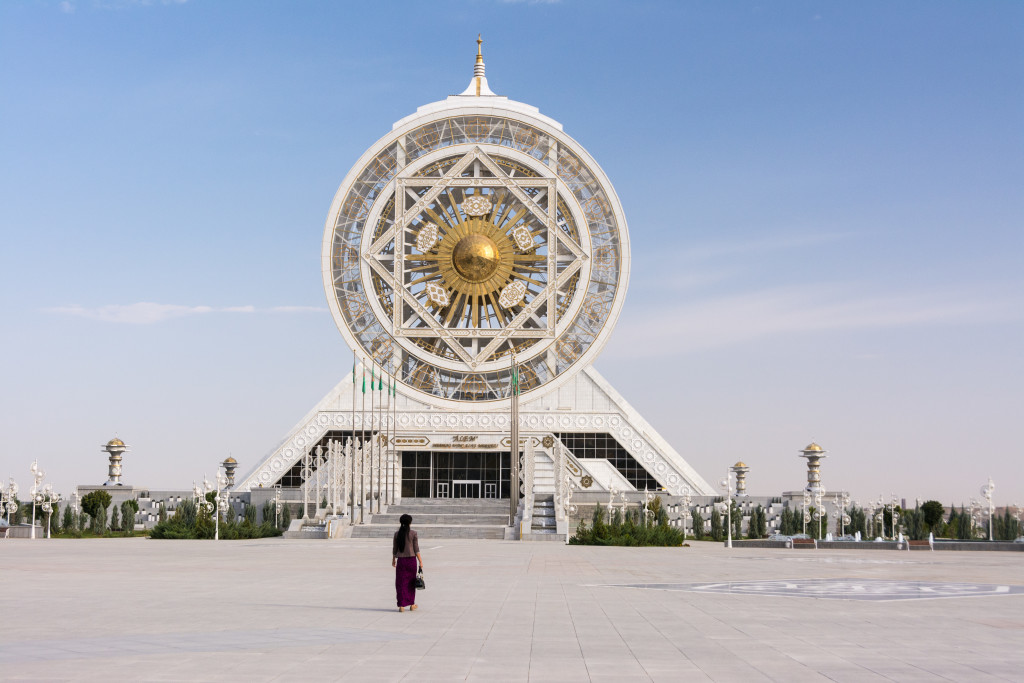
9. Turkmenistan holds other world records as well: the most fountains in its capital, the largest rug in the world, the largest mosque (seats 20,000 people for prayers), and the largest fully covered Ferris wheel in the world.
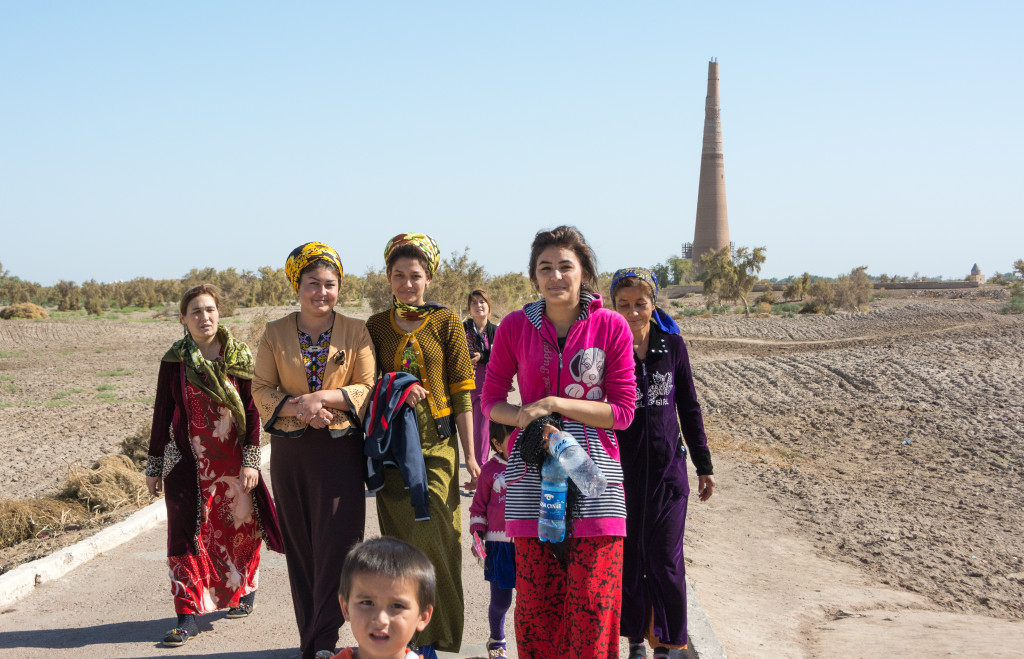
10. Just this past week the Turkmen set another Guinness Book of World Records for having 4,500 people singing in a round formation inside a giant yurt. (Not likely that this one will be broken any time soon!)
11. The country is home to the world famous Akhal-Teke horse breed. Bred for more than 3,000 years, these horses excel in speed and endurance. It is the national emblem, even found on their hard to get visas. There are about 3,500 in the world, mostly in Turkmenistan and Russia but also some scattered around Europe, Australia and North America (mostly in Texas). The horse is characterized as having a small head, narrow chest, long thin legs and a long back with a lovely gait. This remarkable breed is said to bond with only one person. When the Soviets ruled, they saw no use for the horse and ordered it to be destroyed by the locals. In protest, some Turkmen rode 84 hours straight to Moscow to protest their demise. Stalin was impressed and rescinded the orders.
12. No trip to this strange isolated country would be complete without a visit to the Tolkuchka Russian Bazaar, Central Asia’s greatest bazaar where you can purchase anything from very decorative jewelry for your feet to pet camels.

* Doug Parks is a serious traveler, teacher and adventurer who has journeyed to 170 countries over the course of his life to this point, including trips to Europe, South America and Middle Asia with Pablo.

